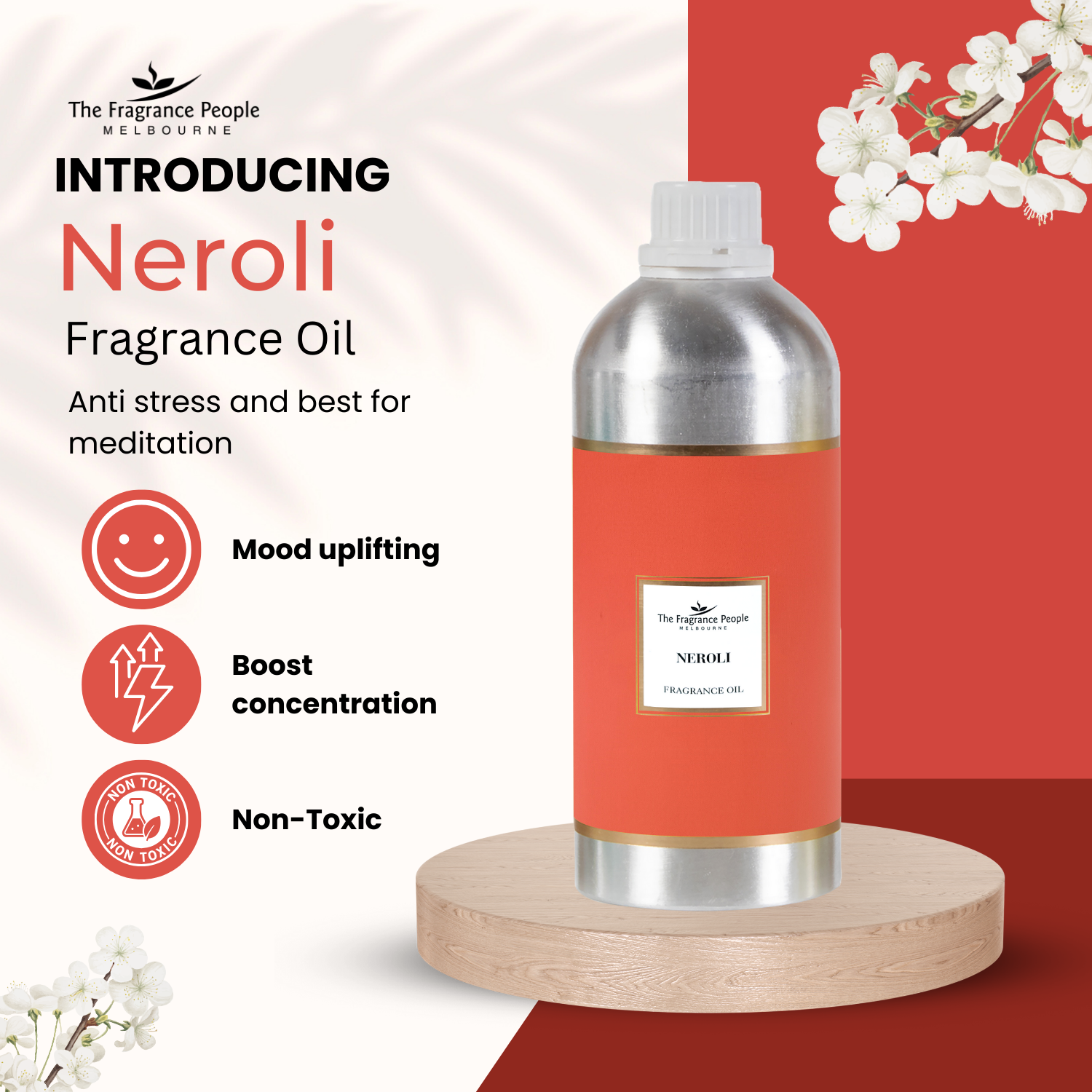Neroli oil, extracted from the delicate blossoms of the bitter orange tree, has captivated fragrance enthusiasts and perfumers alike with its intricate scent profile. This versatile essential oil is not just a perfume note but holds cultural significance and myriad applications in aromatherapy and natural cosmetics. In this article, we delve into the distinctive aroma of neroli oil, exploring its sensory complexity, chemical composition, and presence across various fragrance families.
The Essence of Neroli: First Impressions
Neroli oil combines a bouquet of floral, citrusy, and slightly spicy scents, making it a unique contender in the realm of essential oils. The initial whiff offers an effervescent burst reminiscent of orange blossoms, characterized by sweet, floral notes that evoke a sense of warmth and joy. However, as the oil settles, deeper, sophisticated undertones begin to emerge, revealing subtle hints of honey and green herbs that add complexity to its profile.
Chemical Composition: The Science Behind the Scent
The olfactory experience of neroli oil is attributed to its fascinating chemical makeup. Major components such as linalool, linalyl acetate, and terpenes play a crucial role in defining its fragrance. Linalool presents a sweet floral aroma, while linalyl acetate contributes to its citrusy freshness. Terpenes, which are responsible for the fresh and natural smell, introduce a certain vibrancy. This intricate blend creates a scent that is not only pleasant but also evokes feelings of calmness and tranquility.
Fragrance Families: Where Does Neroli Fit?
Neroli is a multifaceted ingredient that can fit into various fragrance families. Its floral nature places it firmly within the floral category, often recognized for embodying femininity. Yet, its citrus facets elevate its presence in the fruity family. The delightful contrast of sweet and bright notes allows neroli to transcend traditional categorization, making it an essential element in many fragrances, from refreshing colognes to rich perfumes.
The Role of Neroli in Modern Perfumery
Contemporary perfumery celebrates neroli for its adaptability. Renowned perfumers often harness its complexity to create signature scents that appeal to a broad audience. The crisp freshness of neroli oil can uplift a fragrance, infusing it with an invigorating zest, while its floral notes provide a sumptuous richness. This duality ensures that neroli oil is equally appealing to both men and women, broadening its appeal to the younger generation.
Layering and Pairing: The Art of Blending Neroli
One of the joys of neroli oil lies in its ability to seamlessly blend with other fragrances. When combined with jasmine, it produces an exquisite floral mélange, enhancing the perfume’s feminine character. Conversely, pairing neroli with earthy or woody notes, such as sandalwood or cedar, introduces depth and complexity, appealing to those who appreciate a more grounded scent. This versatility opens a world of possibilities for fragrance customization, making it a favorite choice among millennials and Gen Z.
Beyond Fragrance: Therapeutic Benefits of Neroli Oil
While neroli oil shines in the realm of perfumes, its benefits extend far beyond scent. Renowned for its therapeutic properties, this essential oil is often employed in aromatherapy practices. It’s reputed to alleviate anxiety and promote relaxation, making it a staple in soothing diffusers or massage oils. Moreover, its antiseptic qualities make it an asset in skincare, known to help combat acne and promote a radiant complexion. This multifaceted utility enhances its appeal to younger audiences who prioritize holistic wellness.
Application in Personal Care and Home Fragrance
The charm of neroli oil is not confined to personal fragrance. Its invigorating aroma is increasingly utilized in personal care products, from lotions to hair oils. Brands are now blending neroli into their formulations to offer consumers not just scent, but an experience that promotes emotional well-being. Furthermore, as home fragrance options like candles and room sprays become prominent, neroli’s delightful scent lends a fresh ambiance, transforming spaces into serene sanctuaries.
Cultural Significance: A Historical Perspective
The historical lineage of neroli oil can be traced back centuries, originally introduced to Europe from the Middle East. It gained prominence among aristocrats who regarded it as a luxury item and a symbol of opulence. The name “neroli” itself is derived from the Italian princess, Anne-Marie Orsini, the Duchess of Bracciano, who famously used it as her bath scent. Understanding this rich background adds a layer of charm to neroli, allowing today’s consumers to connect with a timeless tradition of beauty.
Conclusion: Embracing Neroli Oil in Modern Culture
Neroli oil is not merely an ingredient but a sensory journey that encapsulates vibrancy, tranquility, and a hint of nostalgia. Its unique fragrance profile, therapeutic properties, and cultural depth make it an enthralling choice for a younger audience seeking more than just a pleasant scent. As wellness and authenticity continue to define contemporary consumer choices, neroli oil stands as a testament to the exquisite interplay between nature and personal expression, inviting all who encounter it to explore its enchanting allure.

